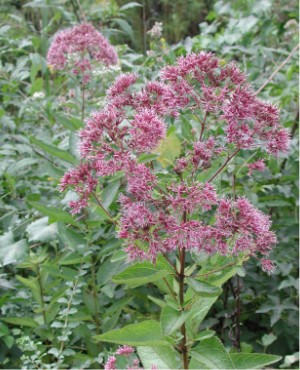Wildlife gardening
|
|
Wildlife gardening is a school of gardening that is aimed at creating an environment that is attractive to various forms of wildlife such as birds, amphibians, reptiles, insects, mammals and so on. A wildlife garden (or wild garden) will usually contain a variety of habitats that have either been deliberately created by the gardener (eg, ponds to attract frogs, newts, toads, dragonflies; nesting boxes for birds and solitary bees, hedgehogs or certain insects; log piles to provide shelter for lizards and slow worms; planting beneficial insect attractant plants including wildflower meadows, etc), or allowed to self-establish by minimising maintenance and intervention.
Many organic gardeners are sympathetic to the philosophy of wildlife gardening, and will usually try to incorporate some aspects of the wild garden into their own plots in order to both act as a means of biological pest control, as well as for its value in promoting biodiversity and generally benefitting the wider environment.
Choice of plants
Although some exotics may also be included, the wild garden will usually predominantly feature a variety of native species. Generally these will be a part of the pre-existing natural ecology of an area, but managed in a way that is enhanced rather than damaged by the process of cultivation. As in other forms of gardening, aesthetics plays a central role in deciding what is 'right', but constraints regarding issues such as seed provenance also apply. Wild gardens are by definition examples of water-wise gardening, as the natural species of any ecoregion or micro-climate are those optimal for local water supplies.
There are a few super-beneficial plants that bloom for a long time, and yield abundant nectar and pollen. These plants, such as the Joe-Pye weed at right, support a whole community of beneficial insects and small vertebrates. Goldenrod is another example.

